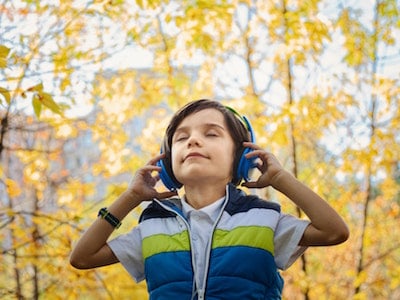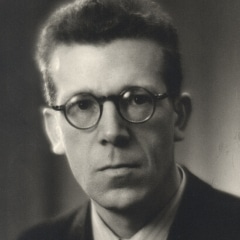什么是自闭症?
没有孤独症的经验。
最明确的定义是,孤独症——临床上称为自闭症谱系障碍(ASD)——是一种不同的思维方式,一种神经发育差异,它改变了你与环境和周围人的关系。
简单地说,孤独症改变了你看待、体验和理解世界的方式。
世界需要所有类型的思想。
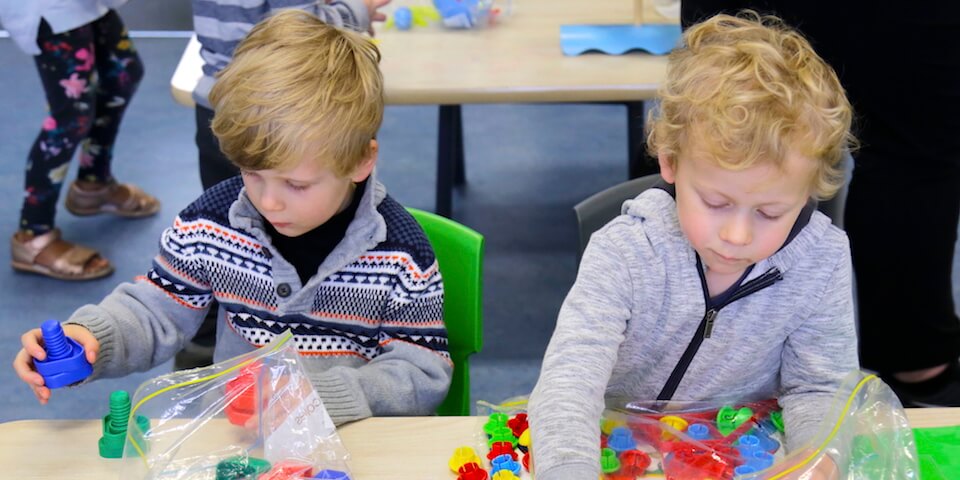
什么是自闭症谱系?
You might have heard people referring to autism as a ‘spectrum’. This is used to emphasize that there is an infinite number of ways that autism can be experienced.
While people on the autism spectrum share a range of similar characteristics, there are an equal number of differences between individuals, so the experience of autism varies greatly from person to person.
纽约阿德菲大学特殊教育的自闭症教授斯蒂芬·肖尔博士说:
"如果你遇到一个孤独症患者,你遇到一个孤独症患者。
The support needs of autistic individuals can range vastly from person to person. Some individuals may want or need ongoing support in daily living, community participation, communication, while other individuals may desire little or no support in these or other areas.
While every individual has strengths and challenges, some of the key strengths identified in people on the autism spectrum at a higher rate than the general population include:
- 以细节为导向;
- 识别违规行为;
- 是一个逻辑思考者;
- absorb and retain facts;
- tenacity and resilience;
- visual learners;
- in-depth knowledge in specific areas;
- honest, loyal and committed;
- 保持对任务的关注;和
- 从不同的角度来看待事物。
It is important to remember that these are generalised strengths, and that many individuals on the autism spectrum do not have a strength in one or many of these areas and may in fact find some of these areas challenging.
我的分歧也包括让我与众不同的礼物。
Many individuals on the autism spectrum can find enjoyment in routine and predictability, or engaging in a particular passion, activity or hobby. This can mean that people on the spectrum may be highly successful in their chosen careers or hobbies.
Just like there are some common strengths associated with the autism spectrum, there are a range of some common challenges that people on the autism spectrum may face. Some of these challenges can include:
- communicating wants, needs and desires;
- social interaction and interpreting other people’s behaviour or feeling that others do not understand their behaviours;
- 处理感官信息;或
- 处理认知信息。
Individuals on the spectrum may develop skills in a way that is different from those that are not autistic. This can include the order in which skills are developed, the extent to which skills develop, and how skills develop. Skill development again, will vary significantly from individual to individual.
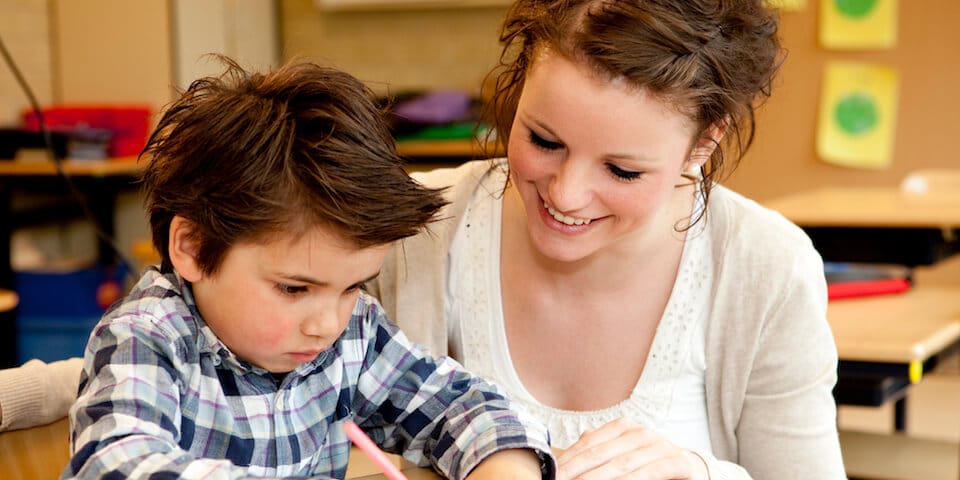
What are the characteristics of autism?
The characteristics of autism can vary widely in nature and presentation from person to person, and can also develop, change and improve over time.
Age, and cognitive ability can also influence how the characteristics of autism present themselves in different people, which is something that should also be considered.
虽然大部分的诊断过程与行为属性有关,但很难诊断自闭症,直到18-20个月。对一些人来说,孤独症的迹象可能直到学年或成年时需求超过能力时才变得明显。
然而,如果你觉得你,你的孩子,或你爱的人是自闭症谱系,你可能想要开始诊断过程。
当我遇到自闭症患者时,我意识到我和他们的关系是多么多,这让我意识到,这是其他人一直喜欢的。
As autism is a varied spectrum of characteristics it can be difficult to identify if a person is autistic. To help you better understand the characteristics here is a summary of what to look out for, according to the latest diagnostic guidelines, the DSM-5.
发育期的迹象
- In order to be diagnosed on the autism spectrum, characteristics must have been present in the early developmental period of a person’s life. It can be difficult to pick up on characteristics of autism for many parents, as raising a child in something that is very new to most people. For parents that already have a child diagnosed, they may be more aware of the early charateristics of autism so they pick up on these earlier.Or for other parents that have an older child that is not autistic, they also may pick up on the early characteristics of autism earlier as their children are developing differently. See our characteristics of autism in children checklist page for more information.
- For many adults, they many only become aware of the characteristics of autism in relation to their own behaviours later in life. When they then think back over their life they may start to identify how autism may have impacted their life at different moments such as realising that others seemed to know what others were thinking when they found it difficult to read people’s emotions. Many autistic adults have learnt strategies to support their challenges throughout their lifetime. It is therefore important to think about what characteristics were present at a young age when seeking a diagnosis as an adult. See our characteristics of autism in adults checklist page for more information.
To be diagnosed with an Autism Spectrum Disorder an individual does not need to have difficulties in all areas but rather must meet a specific combination of criteria across two domains. It is important to keep in mind that this is just a short summary, and that only trained, accredited professionals can make a formal autism diagnosis.
领域A:社会交往与社会互动
当前或历史上,与语言、社会交流以及不同环境的社会互动有关的差异或挑战。这些困难或差异包括:
- 社会情感沟通和个人交流。
- 用于社会交往的非语言交际行为。
- 发展、维持和理解关系。
领域 B:重复或受限的行为、兴趣或活动
至少在以下两项中限制、重复的行为、兴趣或活动模式:
- 重复的运动、物体的使用或言语。
- 坚持事情是相同的,不灵活和坚持常规,或仪式模式的口头或非语言行为。
- Engage in passions, activities or hobbies with a great focus and which can bring intense enjoyment; and
- Unexpected reactions, to sensory input, or an unusual interest in sensory aspects of the environment.
孤独症对人的功能影响
For some people autism can impact all areas of life significantly, while for others it can impact certain aspects of life to a lesser degree. Because of this, autism is referred to as a “spectrum” and diagnosed based on both characteristics and the impact that these differences may have on a person’s life over time.
If the characteristics shown by a person are causing significant challenges in social, personal, family, occupational or other important areas of a person’s life then it is likely that the person will be diagnosed with an Autism Spectrum Disorder.
If the characteristics are not having a negative impact on a person’s life or relationships, and they are able to engage in all social and interpersonal settings, it’s unlikely that autism will be diagnosed.
反映上述标准的具体行为及其影响日常生活的程度因人而异,并可能受年龄、学习和现有支持等因素的影响。由于这种可变性,DSM5 为两个域中的每一个提供严重级别 1 到 3,以反映它们捕获的行为对需要支持的个人日常生活的干扰程度。
注意:请务必记住,这些严重性级别是诊断时功能的快照,并且可能会随着技能的培养和/或需求的变化而随时间而变化。
这三个级别以及定义它们的特征和支持需求在 DSM-5 中列为:
- 级别 1:"需要支持"
- 第 2 级:"需要大量支持"
- 第 3 级:"需要非常可观的支持"
While Autistic Disorder, Asperger’s Disorder and Pervasive Developmental Disorder Not Otherwise Specified (PDD-NOS) are no longer diagnosed as a separate disorder under the current diagnostic criteria (DSM-5), a person with a pre-existing diagnosis under the previous diagnostic criteria (DSM 4) can continue to use their pre-existing diagnosis.
什么是阿斯伯格综合症?
In 1994 Asperger’s Syndrome appeared as a separate presentation of a pervasive developmental disorder in standard diagnostic manuals.
阿斯伯格综合征在当时发现的主要特征是:
- 社会交往和社会交往的困难
- 受限和重复行为
- 无智力残疾
- 言语发展无延迟
2013 年 5 月,随着最新诊断手册 (DSM 5) 的发布,自闭症诊断标准发生了变化。
Since then “Autistic Disorder” and “Asperger’s syndrome” are no longer differentiated as separate presentation of pervasive developmental disorders, but are now included under the single diagnosis of Autism Spectrum Disorder (ASD) or referred to as autism.
积极的自我认同和自尊
我的孤独症是我上大学和成功的原因。这就是我擅长数学和科学的原因。这就是我关心的原因。
People on the autism spectrum have strengths, skills and passions and often achieve great things, for themselves, their community and our world.
For some people a diagnosis of autism can enhance their self-identity and further develop their awareness of what makes them unique – autism becomes a positive part of their identity.
Many successful people in our community are autistic, some significant discoveries, developments and achievements have been made by autistic people, and without this neurodiversity in our society we certainly would not have achieved some of our greatest leaps in understanding about our culture, societies, communities and our world.
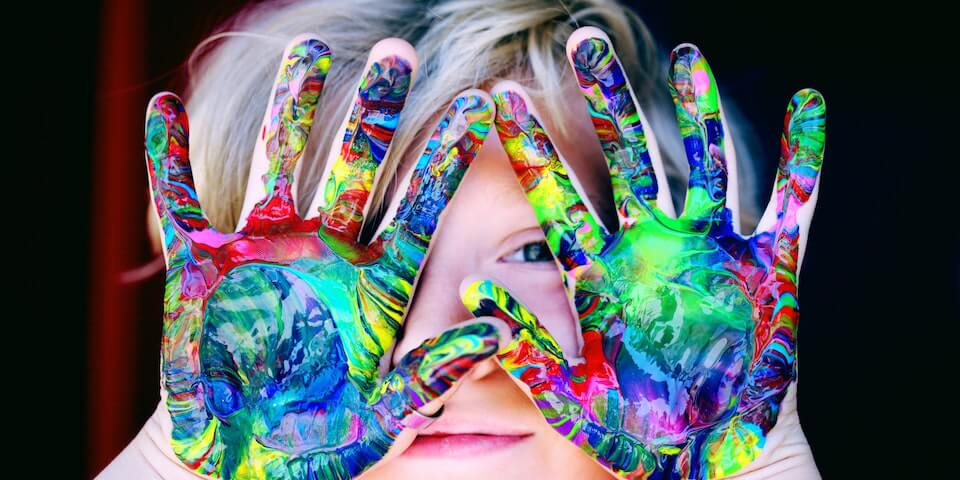
神经多样性运动
我与众不同,不是更少。
Neurodiversity was first coined in the mid-1900s by the Australian Sociologist, Judy Singer who recognised that “neurologically diverse (people) needed a movement of their own”, and that voicing “differences in neurology should be recognised and respected.”
The neurodiversity movement is a social and advocacy initiative that recognises and values this, based on the preference that neurological differences as natural variations in the human brain. Originating from the autistic rights movement, it now encompasses a range of neurological differences such as ADHD, dyslexia, and Tourette’s Syndrome. This movement is celebrated and important for several reasons.
The movement acknowledges neurological diversity as an essential and natural aspect of human diversity, similar to gender, ethnicity, sexual orientation, or disability. The movement challenges the traditional view that treats neurological differences as disorders or deficiencies, the movement promotes a more accepting approach which is why it is so celebrated.
The movement also advocates for inclusivity and acceptance in society, urging changes in education, employment, and social policies to cater to diverse neurological needs to benefit all.
The movement empowers neurodivergent individuals, encouraging self-determination and the right to advocate for oneself and highlights the unique strengths and abilities of neurodivergent individuals, instead of focusing solely on challenges and limitations.
With its introduction and gaining of momentum, the neurodiversity movement’s significance in Australia and globally lies in its ability to foster a more inclusive society that respects and supports all forms of human variation, enabling individuals with neurological differences to live respected and fulfilling lives.
孤独症的流行程度如何?
在澳大利亚和国际上,自闭症的确切流行程度不得而知。
However, international prevalence research indicates that around 1% of the international population have an autism diagnosis of sorts. While some countries report higher rates, such as the USA (around 1:59), other countries report much lower prevalence rates.
Data from the Australian Bureau of Statistics (ABS), 2022 Disability, Aging and Carers, Australian: Summary of Findings shows that:
- the number of Australian diagnosed as autistic has increased over the past decade, from 164,00 in 2015, 205,200 in 2018 and 290,900 in 2022
- around nine out of ten people diagnosed as autistic are under the age of 25.
- 1 out of 2.2 Australian diagnosed as on the autism spectrum are female
The Australian Bureau of Statistics (ABS) is due to release more updated data on the autism prevalence in Australia in mid 2024.
虽然世界各地报告的孤独症患病率各不相同,但近年来在自闭症谱系上被诊断的人数明显增加,但这并不意味着世界上的自闭症患者比那里多。是十或二十年前。
有证据表明,这一增加是一些文化和临床因素的结果,包括社会影响,促使人们对自闭症的认识提高,以及诊断程序的改善和诊断标准的变化,使更多的人能够获得诊断。
According to Professor Whitehouse, from Australia’s Autism CRC, research shows the majority of the increase in autism prevalence over this period was due to an increase in diagnosing children with less complex behaviours.
"我们现在认识到,这种情况是沿着谱的呈现的。至关重要的是,我们都知道全方位的演示,以及频谱中的个人为我们的社区带来的相当大的优势,"怀特豪斯教授说。
澳大利亚的自闭症
Autism is a neurological difference, a different way of thinking. The word ‘spectrum’ reflects the diversity of autistic people and how characteristics present. There is not one single cause of autism. The following is an overview of autism in Australia at the time of publication.
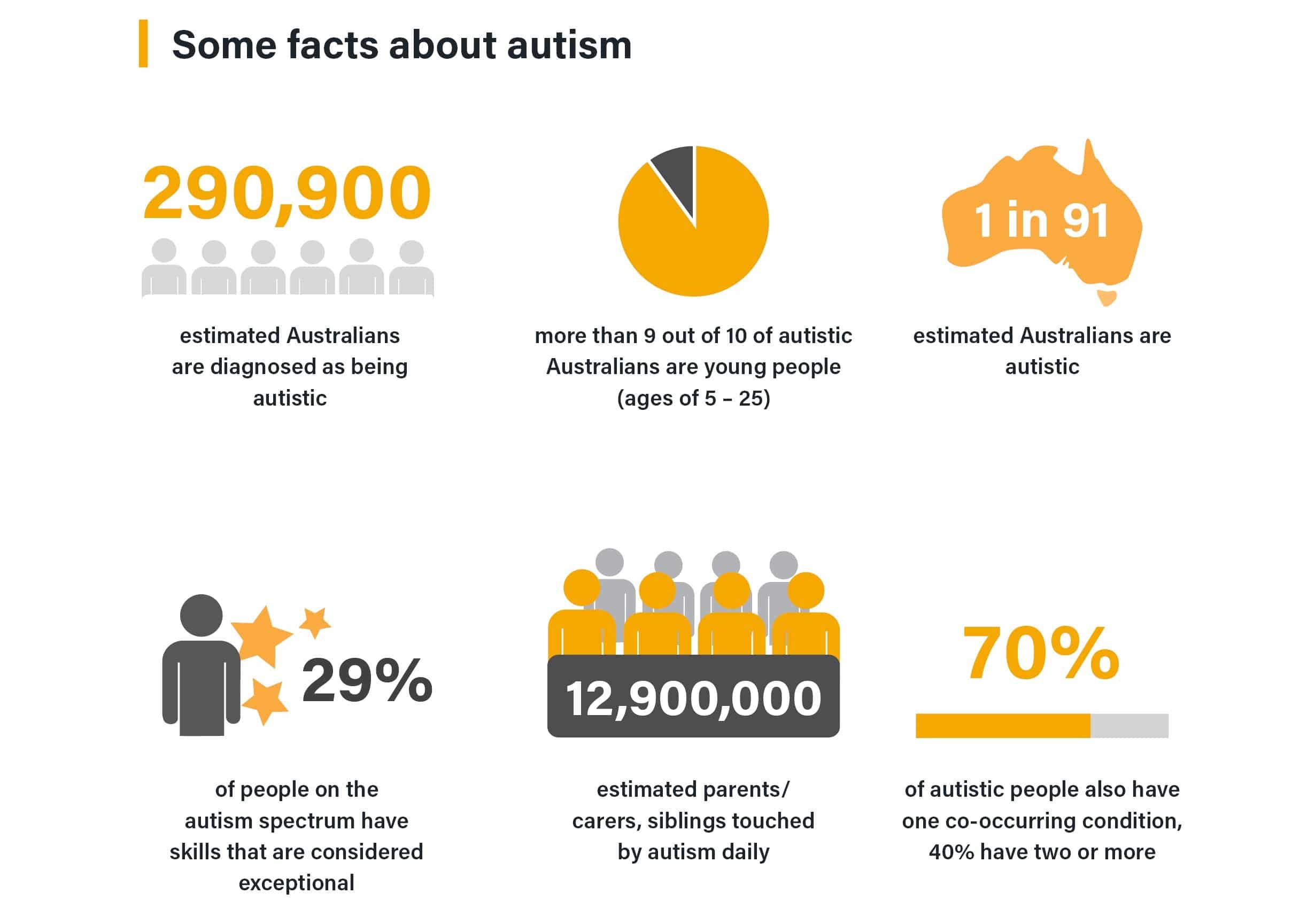
Sources:
• Australian Bureau of Statistics (2022). Disability, Ageing, and Carers, Australia: Summary of Findings. [https://www.abs.gov.au/articles/autism-australia-2022.]
• Australian Bureau of Statistics (2018). Disability, Ageing and Carers, Australia: Summary of Findings [https://www.abs.gov.au/statistics/health/disability/disability-ageing-and-carers-australia-summary-findings/latestrelease#
autism-in-australia]
• Australian Bureau of Statistics (2015). Disability, Ageing and Carers, Australia: Summary of
Findings, 2015 [https://www.abs.gov.au/ausstats/abs@.nsf/Previousproducts/4430.0Main%20
Features762015?opendocument&tabname=Summary&prodno=4430.0&issue=2015&num=&view=]
• Clark, T., Jung, J. Y., Roberts, J., Robinson, A., & Howlin, P. (2023). The identification of exceptional skills in school age autistic children: Prevalence, misconceptions and the alignment of informant perspectives. Journal of Applied
Research in Intellectual Disabilities, 36(5), 1034–1045. https://doi.org/10.1111/jar.13113
• Whitehouse AJO, Evans K, Eapen V, Wray J. A national guideline for the assessment and diagnosis of autism spectrum disorders in Australia. Cooperative Research Centre for Living with Autism, Brisbane, 2018.
孤独症的历史是什么?
The understanding of autism has developed over a number of decades. While the term ‘autism’ was defined by Kanner, there is varying evidence that other professionals, including Grunya Efimovna Sukhareva and Paul Bleuler, had recognised the unique presentation of characteristics much earlier than this. Since the 1940’s the diagnostic criteria has evolved and shifted as we learn more but now autism is widely understood as a spectrum of conditions with wide-ranging degrees of presentation.
1943
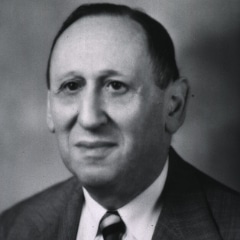
1944
A year later, Hans Asperger, a paediatrician at the University of Vienna in Austria wrote an article about children he had observed who shared similar characteristics of those in Kanner’s clinic but on a wider spectrum.
However, it has been suggested that Asperger and colleagues in Vienna had in fact been analysing and describing autism since the 1930s and that colleagues of Asperger actually played a key role in Kanner’s work in the 1940s.
Part of Asperger’s approach was to create a school that was centred around these children’s cognitive strengths rather than any perceived difficulties they faced.
What was notable was the diversity of the characteristics displayed by the children in Asperger’s clinic – an aspect of autism about which we have begun to have a greater understanding in recent years.
As Asperger’s research work was undertaken during the years in which Austria was under control of Nazis, his article was not translated into English for nearly forty years. So that, his findings did not become widely accessible until 1981.
1981
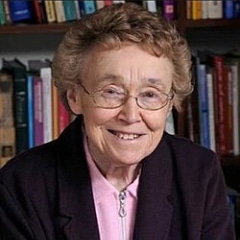
1989
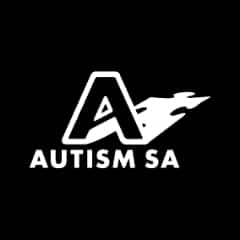
1994
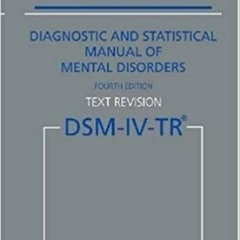
1996

2013
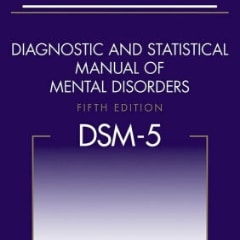
什么导致孤独症?
世界各地都在对孤独症的成因进行大量研究,尽管研究表明存在一些可能的关联和相关性,但孤独症的成因在很大程度上仍不得而知。
虽然对孤独症成因的研究在不断发展,但我们确实知道,孤独症可能不是单一原因,而是异质的,这意味着孤独症有许多原因。研究还表明,有可能导致神经差异的一些促成因素,我们承认自闭症或自闭症谱系。
遗传学
研究人员发现了许多可能的基因,这些基因可能在自闭症的发展中发挥作用,因此相信自闭症实际上是许多不同的疾病,所有疾病都有相对相似的行为体征和特征。
Research supports that for groups of autistic people, there are genetic differences across a range of genes or specific genes that cause neurological differences, which means that they display autistic characteristics.
Research into family genetics and the prevalence of autism has supported this finding. Research has shown that if there is one person in the family diagnosed as autistic, it can increase the likelihood that others in the family will also be on the autism spectrum, at the following rates:
- 姨妈,叔叔,堂兄妹(2-3%)
- 兄弟姐妹和非同卵双胞胎(10%)
- 同卵双胞胎 80% 如果被诊断
For some groups of autistic individuals, it appears that the genes are passed on from a parent directly, for others, genes from both parents are combined, meaning that they are likely to cause neurological differences resulting in autism, while for other individuals there may be genetic differences that have not been passed on, but have arisen during fetal development.
For a number of autistic people there are clear genetic variations that have shown to be the cause of their neurological difference, while for many other people diagnosed there appears to be no significant genetic differences.
Ultimately this means that while genetics seems to be the clear cause for some types of autism, either through de novo or genetic variations, at this stage they do not explain the cause of everyone’s autism.
目前正在研究的其他可能促成因素,因为它们能够影响神经发育,包括:
- 低出生体重和早产
- Advanced paternal age at time of conception
Research has identified that every individual on the autism spectrum has different neurology to each other, further supporting the notion that autism is a spectrum of conditions. While there have been a range of research studies into these areas, more research is needed.
There has been significant research into what does not cause autism. It is clear that autism is not caused by vaccines, bad parenting or the food we eat.
关于自闭症和常见误解的事实
你是否发现那些善意的家人和朋友、媒体评论员甚至一些卫生专业人员都让你对你自己或你的孩子的自闭症或疑似自闭症更加关心和困惑?
错误信息和混合信息可能导致内疚感和孤立感,并可能不利于主动诊断和支持计划。虽然全球对孤独症的理解在不断演变,但这里有一些普遍了解的事实,帮助你把一些关于自闭症的误解付诸实践。
孤独症的病因是什么?
想知道是什么原因导致孤独症是很自然的,但是很可能没有一个原因。虽然已知基因差异会导致某些类型的自闭症,但孤独症的成因在很大程度上是未知的。
We do know that autism is a neurobiological difference, meaning that the brain processes information differently for autistic people, than it does for people who are not autistic.
我们还知道,养育方式不会导致孩子患上自闭症。
孤独症不是由怀孕期间或怀孕前的疫苗接种引起的,麻疹-腮腺炎-风疹(MMR)免疫和自闭症之间的虚假报告联系已被从论文中收回,并且完全被研究抹黑,科学和医学界。
有关目前对自闭症原因进行的研究的更多信息,请访问我们的孤独症原因部分。
如何诊断自闭症?
Fortunately, the way autism is assessed has changed and improved over the last 80 years.
We now recognise a wider range of characteristics as forming part of the autism spectrum.
As awareness increases, parents and professionals are getting better at identifying early characteristics of autism and are more likely to seek an autism assessment.
This contributes to the explanation as to why people think autism is more prevalent today than it was ten or twenty years ago.
有关诊断的更多信息,请访问我们的"如何获取自闭症诊断"页面。
Do autistic people all look and act the same?
Autistic people are part of the diversity that is humanity, where no-one person is the same as another.
早在20世纪40年代完成的研究表明,孤独症是一系列的行为和技能。
有关自闭症行为的更多信息,请访问我们的符号和特征页面。
Are autistic people physically or intellectually disabled?
Autistic people do not look different to other people and are usually physically healthy.
Autism is not an intellectual disability although some autistic people may also be diagnosed with an intellectual disability.
Do autistic people communicate?
Everyone communicates. Many autistic people communicate using speech. For some people the way speech sounds may be unique including using a mono tone, very formal language for the context in which it is used or use an accent. For others, verbal speech might be delayed or many not develop. It is important to develop ways that a person can communicate their needs to those around them.
我记得不能说话的挫折感。我知道我想说什么,但我不能说出话,所以我只会尖叫。
有些人使用替代的通信系统,如手语、图片交换系统或辅助技术来与周围的人进行交流。
Do autistic people have emotions?
Autistic people feel the same emotions as their parents, family or friends. People on the autism spectrum may express and feel emotions in a way that is different to people that are not autistic. They may have difficulties in expressing their emotions in a way that non-autistic people understand or recognise- this can cause frustration.
Some autistic people may shout or hit out when distressed but this is usually a reaction or last resort when there is a difficulty in communicating.
It is common for autistic people to have difficulty recognising and interpreting the emotions of others- know as alexithymia-, but many individuals develop strong bonds with important people in their lives such as parents and siblings like everyone else.
对有些人来说,典型的示爱方式可能比较困难,比如保持眼睛凝视和身体接触。
有关自闭症行为的更多信息,请访问我们的符号和特征页面。

Do autistic people make friends?
Most autistic people often do want to have friends, but have difficulty engaging socially with others or knowing how to recognise and respond to the intentions and emotions of others, particularly towards non-autistic people. This is known as the double empathy theory.
Understanding how people interact and engage with others is complex and is generally required to form friendships. Many autistic people report that they find this difficult to understand and navigate and often seek supports and services to support their ability to make and maintain relationships, including romantic relationships, relationships at work and social relationship. Planned activities around shared interests are often the key to supporting the development and maintenance of friendships.
有关自闭症行为的更多信息,请访问我们的符号和特征页面。
孤独症能治愈吗?
孤独症不能比眼睛的颜色,声音的音调,你的身高或你的脚的形状更"治愈"。
Early diagnosis and support can help individuals to develop skills necessary for a full, productive and satisfying life.
People who say they or their children were ‘cured’ may have been particularly successful in acquiring skills which enable them to become more effective through their everyday life.
许多有自闭症诊断的人担心"治愈"孤独症的概念,因为他们觉得正是他们的孤独症使他们,他们。许多人通过与绝大多数具有发展特征的人完全不同的方式思考,从而贡献自己的成功。
这种由自闭症谱系的人领导的孤独症的庆祝性感知被称为神经多样性运动。
讨论孤独症的主题
With an increased awareness of autism in our society you may start to recognise the characteristics of people you know or love as “on the spectrum” or “autistic”.
While it’s exciting that people are becoming more aware of the full spectrum of autism, it’s important for people to also be sensitive about the language they use surrounding it, and when approaching autistic people.
在与可能患有自闭症的人(或他们的家庭)讨论自闭症问题之前,请务必考虑以下事项:
- 为什么你认为向某人提出这个问题很重要?
- 潜在的积极成果是什么,例如支持和理解,或自我意识和身份的提高?
- What are the potential negatives e.g. denial, confusion.
- 您可能需要准备接受负面回应,并提供支持和非判断性。
- 谁可能是提出这个问题的最佳人选——例如,最好来自家庭成员或可信赖的朋友。
- 你会用什么语气?当然,你需要尊重和敏感。
- 避免给出具体建议
- 了解在进行对话之前可能有用的支持服务。
- Remember that you are NOT likely to be in a position to diagnose, unless you are trained to do so. You can raise the topic, and suggest the person or family member seeks more information on autism from a recognised and qualified professional.
要了解有关自闭症谱系的更多信息,请参阅我们的体征和特征页面。



